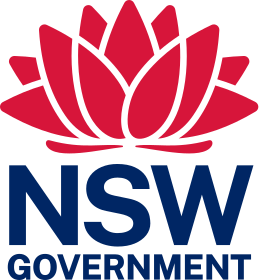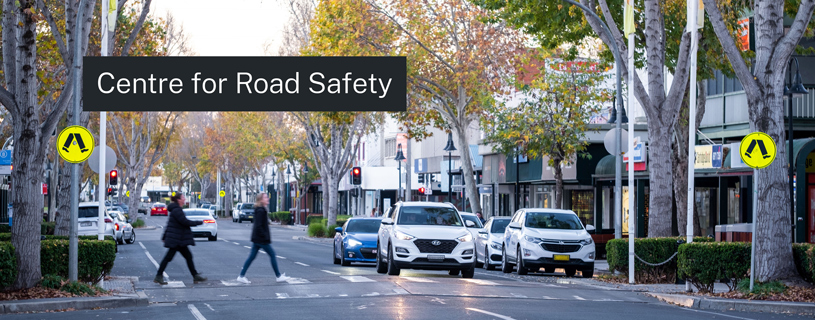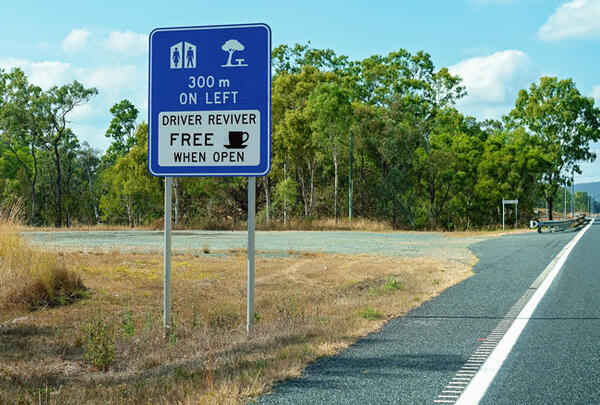Fatigue
Fatigue
Research shows that driving while fatigued can be as dangerous as drink driving. But unlike drink driving, there are no laws regulating driver fatigue for light vehicles.
Fatigue-related crashes can happen on any trip, no matter how long or short or what time of day. Think about how tired you are before you drive, recognise the early warning signs when driving, and know what to do to avoid driving tired.
Image
Image controls:
Get the facts
Did you know?
Fatigue-related crashes are almost three times as likely to be fatal than crashes not involving fatigue.
Being awake for 17 hours has a similar effect on driving performance as a blood alcohol content (BAC) of 0.05.
Test your tired self
Test how tired you might be before heading out on the road at testyourtiredself.com.au.
Before you drive
- Get a good night’s sleep.
- Avoid driving at night when your body will naturally want to sleep.
- Arrange to share the driving if you can.
- Avoid long drives after work.
- Plan to take regular breaks from driving (use rest areas).
- Catch a taxi or public transport instead.
- Ask someone for a lift.
- Find out if any medicine you're taking may affect your driving.
- Know the early warning signs of fatigue.
If you feel tired when driving
- Pull over for a break in a safe place.
- Pull over for a nap (20 minutes works best).
- Swap drivers if you can.
- Stop for a coffee if you’re on a short drive, although the effects of caffeine won't help for long and won't work for everyone. Caffeine isn't suitable for some people and can be harmful. Limits on the daily consumption of caffeine are recommended.
- Even if you don’t feel tired, take regular breaks to avoid becoming tired.
Remember that sleep is the only way to overcome tiredness.
Watch for the early warning signs
The best way to avoid driving tired is to make sure you have enough sleep before driving, regardless of the length of your trip. Drivers and motorcyclists can avoid fatigue crashes by recognising the early warning signs:
- yawning
- poor concentration
- sore/tired eyes
- restlessness
- drowsiness
- slow reactions
- boredom
- oversteering.
Don't wait for a microsleep – by then it's too late.
Rest areas
Our interactive rest area map shows the location of rest areas across NSW. Drivers and motorcyclists can park safely in rest areas, walk around, and have a break. They are available 24 hours a day year-round and are clearly signposted. Service centres, petrol stations, parks and country towns are also places to stop and take a break.
Driver Reviver
Driver Reviver locations
Driver Reviver sites operate across NSW during peak holiday periods. They offer a safe place to stop for a cup of tea or coffee.
About Driver Reviver
- Driver Reviver is sponsored by AAMI, Bushells Tea, Bushells Coffee, The Arnott’s Foundation and Sunshine Sugar.
- Driver Reviver has been operating since 1990 and has many sites across NSW.
- Operating sites offer a free cup of Bushells coffee or tea, an Arnott's biscuit, toilet facilities, shade, seating and water. Some offer activities for children, baby change tables and pet bowls.
- Operating days/times vary between sites, with some open 24 hours over the whole holiday period.
- About 1.1 million people stop at Driver Reviver sites across Australia each year.
- Up to 1.7 million cuppas and 1.3 million snacks are consumed each year.
- Individual Driver Reviver sites are run by community groups, including Lions, SES, and the NSW Volunteer Rescue Association.
- About 5000 Driver Reviver volunteers provide a warm welcome and information on other places to stop, plus places of interest.
For more information
How tired are you? Take our test.
Find out where to stop for a cup of tea or coffee.
Plan where to stop and rest.



